Shallots or Green Onions: Which Flavor Is Right?
Shallots and green onions stand among the most flavorful additions to countless dishes around the world.
Aromatic ingredients bring distinctive tastes to recipes, with each offering its own special qualities in the kitchen.
Many home cooks reach for them when seeking that perfect flavor boost in everything from salads to stir-fries.
The small, bulb-like shallots pack a milder punch than regular onions but deliver a more complex taste profile.
Green onions, sometimes called scallions, add a fresh, crisp element that brightens both cooked meals and raw preparations.
Continue reading to learn exactly how to use these kitchen staples for maximum impact in your next meal.
Shallots: A Complete Guide
Shallots are a unique member of the Allium family, which also includes garlic, onions, leeks, and chives.
Shallots look like small, elongated onions with a reddish-brown or purplish skin.
Their flavor is milder and sweeter than regular onions, with a hint of garlic-like aroma, making them a favorite for adding subtle depth to dishes without overpowering other flavors.
They are incredibly versatile in the kitchen: used raw in salads and dressings, finely chopped for sauces, or caramelized to bring out their natural sweetness.
Their delicate flavor works wonderfully in French, Southeast Asian, and Middle Eastern cooking, among others.
The name "shallot" comes from the Old French word "escologne," and interestingly, it’s believed that shallots first got their name from Ascalon - an ancient city in what is now Israel.
The Greeks thought that’s where shallots originally came from.
Types Of Shallot
Around the world, there are three main shallot varieties exist: Jersey, Gray, and Banana shallots. Any type works well depending on what you prefer or can find locally.
Jersey Shallot
Jersey shallots are the most popular variety in the United States and are widely available in markets. They resemble small onions, with a red-pink outer skin and a short, rounded shape - almost like a miniature onion.
Their flavor is mild yet rich, making them a versatile choice for many recipes, including sauces, dressings, and sautés.
Gray Shallot (French Shallot)
Known as the “true” shallot or the French shallot, the gray shallot has a distinctive pale gray skin with a soft purple hue inside. It’s highly prized in French cuisine and widely used across many Asian countries as well.
Gray shallots tend to have a more intense and complex flavor compared to other varieties, with a perfect balance of sweetness and pungency. Their firm texture makes them ideal for finely minced sauces and slow cooking.
Banana Shallot
Banana shallots are a hybrid between onions and shallots, characterized by their larger size and elongated shape. They have a light brown skin and offer a sweeter, milder taste than other shallots.
Due to their size, banana shallots are great when you want a less intense shallot flavor or need to use fewer bulbs in your dish.
Green Onions: The Essential Overview
Green onions, also known as scallions or spring onions, are a popular and versatile vegetable used worldwide. They belong to the Allium family, the same group as garlic, onions, leeks, and shallots.
What makes green onions unique is their mild flavor and crunchy texture, which adds a fresh, slightly sharp taste to many dishes.
Green onions have long, slender green stalks and small white bulbs at the base.
Both parts are edible and commonly used in cooking. The white part has a more intense onion flavor, while the green stalks are milder and often used as a garnish or in salads.
Green onions are a staple in many cuisines, including Asian, Mexican, and Mediterranean cooking.
Types of Green Onion
There are several types of green onions (also called scallions or spring onions), each with slight differences in flavor, size, and appearance. Here are some common types:
Common Green Onion (Scallion)
This is the typical green onion you see in most supermarkets. It has long, slender green stalks with a small, white bulb at the base. The flavor is mild and fresh, perfect for salads, garnishes, and cooking.
Spring Onion
Though often used interchangeably with green onions, spring onions have a more developed bulb at the base, similar to a small onion. Their flavor is sharper and stronger than regular scallions.
Welsh Onion
Sometimes called Japanese bunching onion, Welsh onions have thicker stalks and no large bulb. They have a stronger, more onion-like flavor and are often used in Asian cuisines.
Shallots vs. Green Onions: Differences
Shallots and green onions might seem similar at first glance, but they're actually quite different in the kitchen. Here are a table summarizing the differences between shallot and green onion.
| Feature | Green Onions | Shallots |
| Harvest & Cultivation | Harvested young, bulb undeveloped; green tops vibrant; available year-round | Mature bulbs grown fully; green tops die back before harvest; best in summer/fall |
| Physical Appearance | Thin, long shape; white base with green stalks; small or no bulb visible | Elongated oval bulbs with papery skins (brown, gray, red-pink); flesh off-white to light purple/red; bulb clusters with multiple cloves |
| Taste | Mild onion flavor with grassy notes from green tops; milder when cooked, flavor can fade | Pungent, onion-like with garlicky undertone; mild sweetness develops when caramelized; stronger flavor overall |
| Culinary Uses | Eaten raw in salads, soups, garnishes; cooked in stir-fries, grilling, roasting; freezes well | Used raw in dressings or salads; sautéed, pickled, or caramelized for richer flavor; fried shallots add crisp texture |
| Nutritional Profile | Higher in vitamins A, C, K, and folates; lower calories, carbs, protein, and potassium | Higher calories, carbohydrates, protein, and potassium; lower in vitamins A, C, K, and folates |
Harvest and Cultivation
Green onions and shallots' main differences come from harvest timing - green onions are picked young with tiny or nonexistent bulbs and vibrant green tops still thriving.
Shallots, in contrast, reach full maturity before harvest, developing substantial bulbs while their green tops naturally wither away. Seasonal availability sets them apart too; green onions grace produce sections year-round, whereas the prime seasons for shallots fall during summer and autumn months.
These relatives may look somewhat similar at first glance, but their growth stages and harvest times create distinct culinary ingredients.
Appearance
Visually, green onions and shallots look quite different. Green onions have long, slender white bases with bright green stalks that stay crisp and fresh-looking. Since they are harvested early, their bulbs remain tiny or undeveloped.
Shallots, however, resemble small elongated onions with a papery skin that can be brown, gray, or red-pink. Inside, the flesh varies from off-white to pale purple or red. Shallots grow as clusters of multiple cloves inside one bulb, similar to garlic. Their overall shape is more oval or cylindrical compared to the thin, straight form of green onions.
Taste
Green onions have a mild, fresh onion flavor with a subtle grassy note from their green tops. Their taste is lighter and less intense, especially when cooked, as their flavor can fade easily, particularly the green parts.
Shallots offer a more pungent and complex flavor, like a blend between onion and garlic with a subtle sweetness. When cooked or caramelized, shallots develop a rich, mellow sweetness that green onions don’t typically achieve.
Culinary Uses
Green onions are extremely versatile and used both raw and cooked. They brighten salads, soups, salsas, and meat dishes as a fresh garnish and also perform well when grilled, roasted, stir-fried, or sautéed.
One great bonus is that green onions freeze well, allowing you to store them for long-term use if prepared properly.
Shallots are often thinly sliced and used raw in dressings or salads to add a delicate onion flavor. Cooking brings out their best. they can be sautéed to deepen flavor, pickled for tangy bites, or caramelized for a sweet richness. A standout use for shallots is frying them until crispy, creating a delicious crunchy topping that’s hard to replicate with green onions.
Nutritional Aspect
Shallots tend to have higher amounts of calories, carbohydrates, protein, and potassium per 100 grams, making them a denser source of energy and minerals.
Green onions, meanwhile, pack more vitamins A, C, and K, as well as folates, making them excellent for supporting immunity and overall health. Both vegetables provide valuable antioxidants and nutrients, but your choice might depend on whether you want more vitamins or more minerals in your diet.
Benefits of Eating Shallots and Green Onions
Spices from the allium family offer many health perks for your body. Green onions and shallots pack loads of nutrients that help fight off colds and keep your heart in good shape.
Read on to learn more!
Health Benefits Of Shallot
Health Benefits Of Green Onions
Slice Shallots and Green Onions with Chef-Like Precision
Cutting vegetables doesn't have to be scary, even for those who feel awkward with knives. These simple steps can help anyone slice shallots and green onions like a pro.
First, make sure your knife is sharp - dull blades cause more accidents than sharp ones. Hold the shallot firmly but keep your fingertips curled under to protect them.
Start by cutting off both ends, then slice it in half lengthwise before peeling. For green onions, trim the roots and any wilted tops, then line them up evenly on your cutting board.
A gentle rocking motion with the knife creates clean cuts without crushing. Take your time and soon you'll develop a rhythm that makes chopping feel natural and safe.
How To Cut Onion
Grabbing a sharp knife, cutting board, and fresh green onions makes prep work quick and hassle-free. Before starting, take a moment to remove any wilted stalks from your bunch.
Once cleaned up, position your onions on the board and snip off the root end along with any tough green tops that might be present. For thin pieces perfect for garnishing, move your knife in a circular motion across the stalks.
If larger chunks are needed for cooking, simply hold your knife at an angle while using the same circular technique. Unlike chopping shallots, green onions won't leave you with teary eyes during preparation.
The entire process takes just minutes and adds beautiful color plus flavor to countless dishes without any fuss.
How To Prepare and Cute Shallots and Green Onions
These simple steps can help anyone prepare and cute shallots and green onions like a pro.
For Green Onions:
For Shallots:
More Tips to Know
Can Shallots Replace Green Onions or Vice Versa?
Shallots can replace green onions in cooked dishes but not perfectly in raw applications due to flavor and texture differences.
Green onions can replace shallots in some raw or lightly cooked dishes but may lack the richer sweetness and depth that shallots provide.
If you want to substitute green onions for shallots, or vice versa, check below table for more details.
| Substitute For | Use This Amount Of Substitute | Notes |
| Green Onions → Shallots | Use about ½ to ⅔ the amount of green onions as the shallots called for | Use mostly the white part for closer flavor and texture; reduces milder flavor |
| Shallots → Green Onions | Use about 1.5 to 2 times the amount of shallots as green onions called for | Shallots are stronger; use less if raw; green onions add fresher, milder taste |
Flavorful Recipes Using Shallots and Green Onions
Plenty of tasty recipes using shallots and green onions are here! Just grab a few shallots or green onions to create these perfect meals.
Mushroom and Green Onion Stir Fry
Green onions add amazing flavor to vegetarian meals, and this mushroom stir-fry takes just minutes to make. For best results, slice your green onions into one-inch pieces before cooking.
The secret to this dish lies in watching your heat carefully, as both mushrooms and green onions cook very fast.
Corn Fritters
Summer holidays call for special recipes, and these corn fritters with green onions make a perfect appetizer at parties or family gatherings. My favorite way to use canned corn involves mixing it with chopped green onions, eggs, and coconut milk to create something truly delicious.
These tasty treats come alive with herbs and seasoning pastes that pack each bite with amazing flavor.
Caramelized Shallot Pasta
Do you know what ingredients can make pasta dishes truly special? Caramelized shallots add an amazing depth of flavor to a simple one-skillet meal.
These sweet onion relatives create perfect contrast against al dente pasta and crunchy breadcrumbs in each bite. All the components blend together beautifully to create an intensely flavorful experience that transforms ordinary dinners into something memorable.
Green Bean Shallot Salad
Green beans and shallots team up for an Asian-style salad that remains a go-to favorite time after time. Making this dish couldn't be easier since the only cooking involved is for these two simple ingredients.
The shallots need just 3 to 5 minutes of frying before they're ready to add their distinctive flavor.
Got Questions? We’ve Got Solutions
1. Can I substitute shallots for green onions in recipes?
Yes, you can, but expect a different flavor. Shallots have a stronger, more garlicky taste than the milder green onions. Use about half the amount of shallots when substituting for green onions.
2. Do shallots and green onions need different storage methods?
Absolutely. Store shallots in a cool, dry place like onions for up to a month. Green onions need refrigeration in a plastic bag or jar with water and last about a week.
3. Which is better for raw dishes - shallots or green onions?
Green onions are generally better for raw applications like garnishes and salads due to their milder flavor. Shallots can be too pungent raw but work well in dressings when finely minced.
4. Are green onions or shallots more nutritious?
Both offer nutrients, but green onions contain more vitamin K, vitamin C and vitamin A, while shallots provide more antioxidants and minerals like copper and iron.

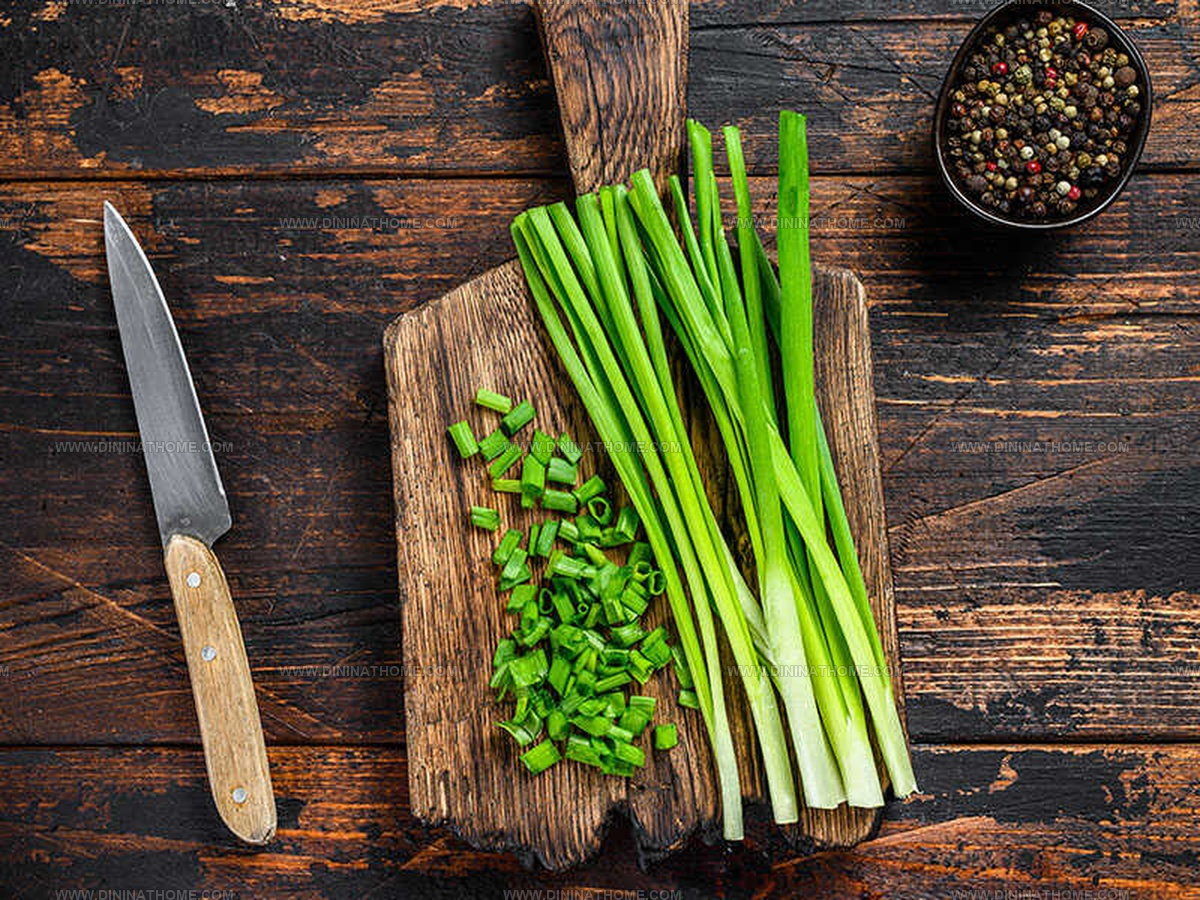
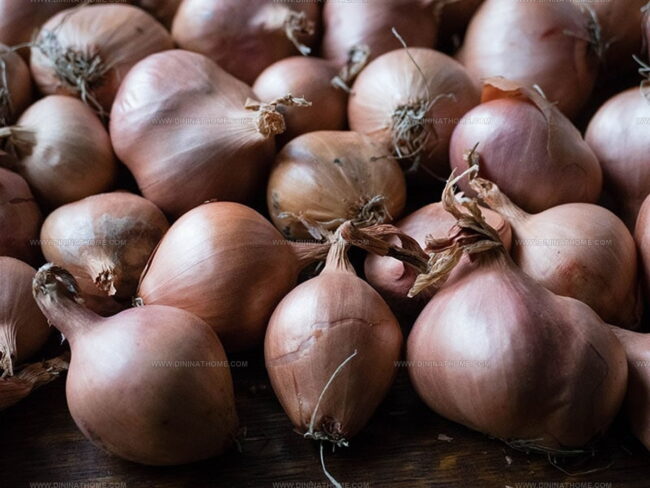
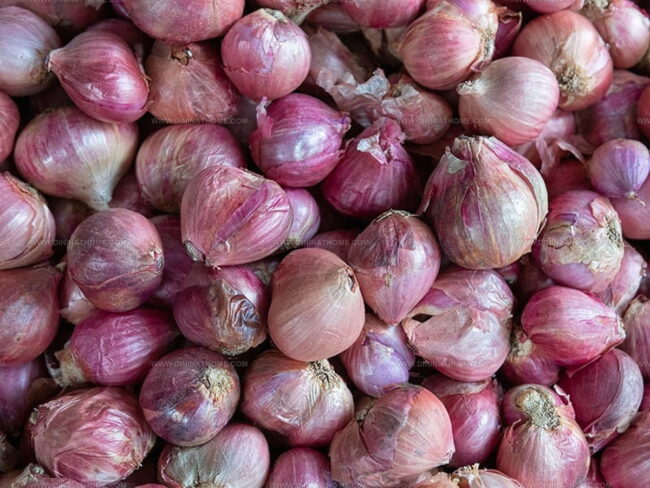
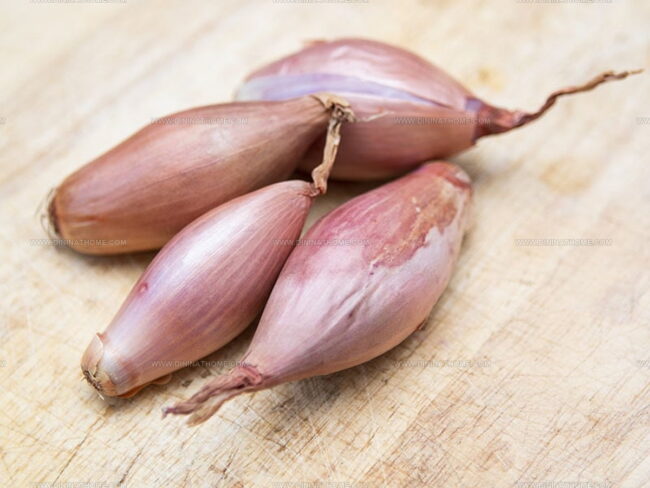
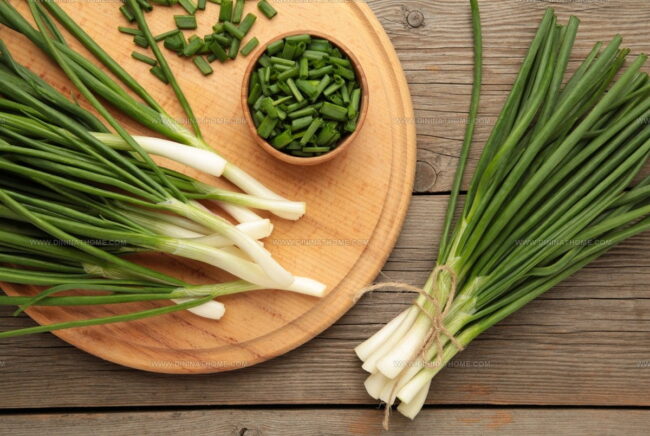
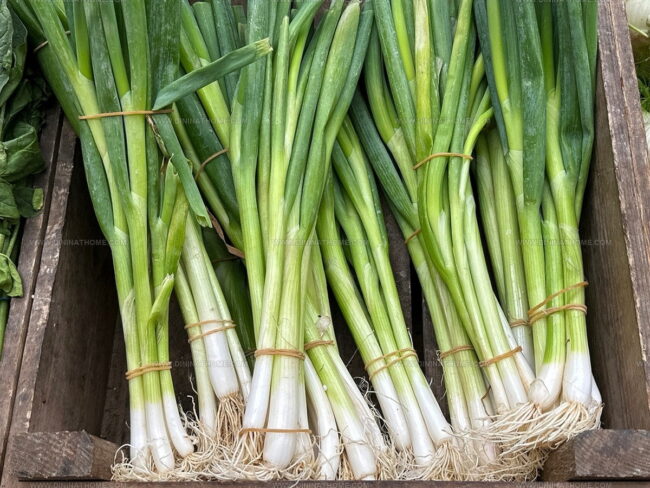
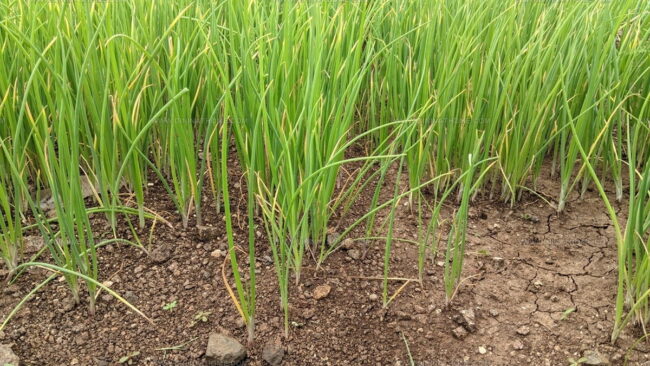
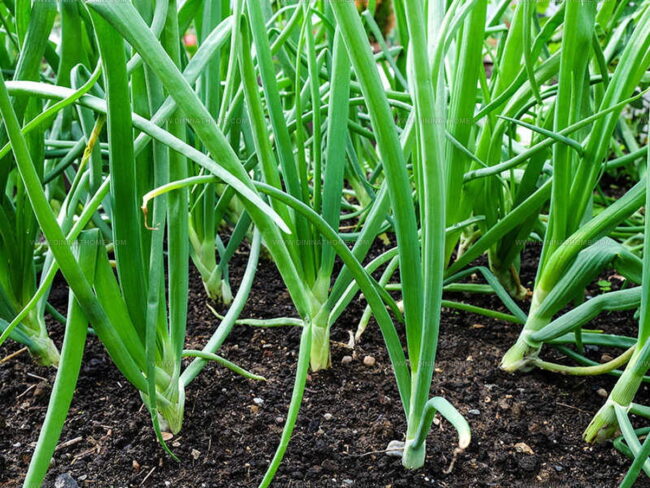
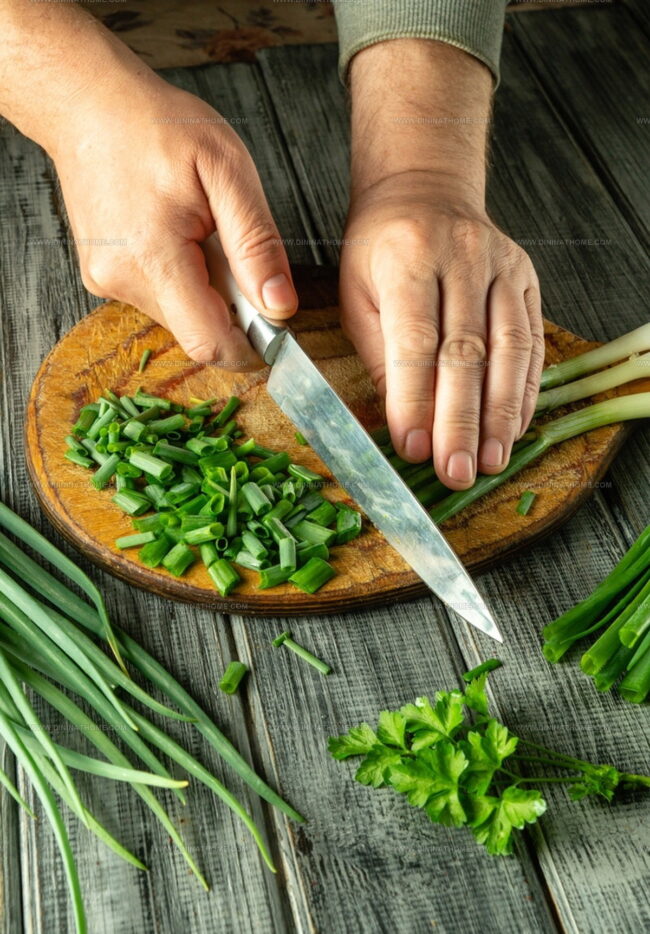
James Walker
Lead Recipe Developer & Culinary Educator
Expertise
Southern Cuisine & Farm-to-Table Cooking, Recipe Development & Testing, Culinary Education & Instruction
Education
School: Auguste Escoffier School of Culinary Arts
Program: Diploma in Culinary Arts and Operations
Focus: Comprehensive training in classical and modern culinary techniques, kitchen operations, and farm-to-table practices.
James didn’t learn cooking from a TV show, he learned it from busy kitchens, family gatherings, and long afternoons spent testing recipes the hard way.
After training at the Auguste Escoffier School of Culinary Arts, he brought his love for real, down-to-earth food to every dish he makes.
At Dining At Home, James loves building recipes that feel familiar but still have something special, like adding a twist to a classic or making a slow Sunday dinner feel brand new.
When he’s not in the kitchen, you’ll probably find him swapping garden tips at the farmers’ market or teaching his daughter how to flip pancakes without a mess (almost).